Maple
Recognizing Sycamore maple and Norway maple
The sycamore maple can be distinguished from the Norway maple by:
| Sycamore maple | Norway maple |
| Its ample crown | Its sparse crown |
| Its gray-yellow bark which later turns reddish-brown and scaly | Its gray-brown bark with vertical cracks |
| Its paired winged seeds (or samaras) with a small angle between them | Its samaras, the wings of which are separated by a wide angle |
| Its opposite leaves with five narrowly-separated oval lobes | Its opposite leaves with five more widely-separated pointed lobes |
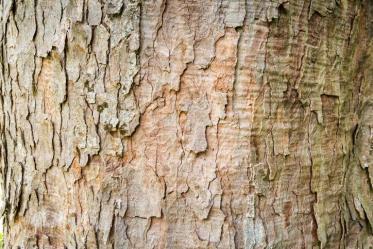
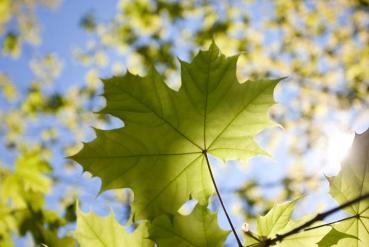
Sites favored by maple
Temperatures
Annual average between 5 and 10°C. It is a mesophilic species and likes semi-shaded conditions.
Rainfall
Annual average between 600 and 1,000Â mm per year. Very high atmospheric humidity. Can be found from the colline to subalpine level, if water is plentiful. Relatively resistant to drought, varies according to origin.
Soils
It prefers rich, permeable soils, especially on cool slopes and soils of average depth.
Temperatures preferred by the Norway maple
Annual average between 5 and 10°C. It likes semi-shaded conditions.
Rainfall required by the Norway maple
Annual average between 600 and 1,000Â mm per year. This species is more drought-resistant. It is found up to altitudes of 1,500Â meters.
Soils preferred by the Norway pine
It is found on rich, cool, well-aired soils with a clay or silt base, or on chalky soils.
Root development of the maple
- Oblique, well-branched
- Stable with good wind resistance.
Maple plantation
| Species | Density | Spacing | Benefits and drawbacks |
| Sycamore maple | 400 to 1000 plants/ha | 50 x 50 cm | Rapid growth (2 meters in 4 years). Pruning essential. Dynamic regeneration means the species can become invasive. |
| Norway maple | 400 to 1000 plants/ha | 50 x 50 cm | Thinning out is essential. Pruning essential. Dynamic regeneration means the species can become invasive. |
Final density: 150 stems/hectare
Growth and production of maple
- Relatively fast the first years, then slows down.
- Production of 5-10Â m3/ha/year.
Maple wood
- Homogenous white or pinkish wood, hard.
- Sawing can be difficult. Drying can cause deformation.
- Excellent wood, favored for making string instruments and for interior fittings.
- Also used in the paper industry.
- Trade name: White maple.
Health

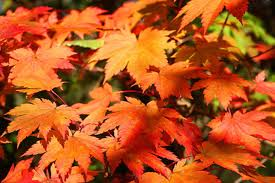
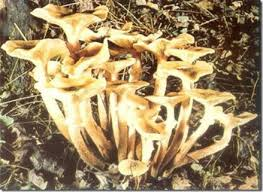
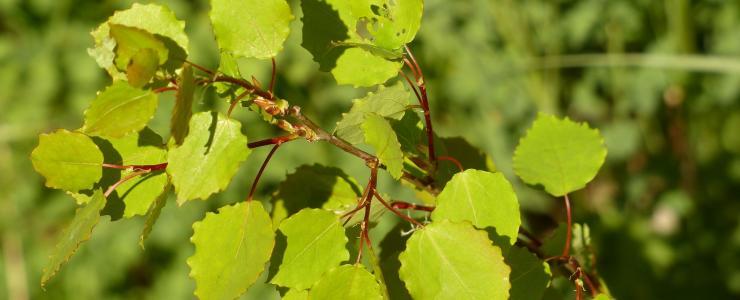
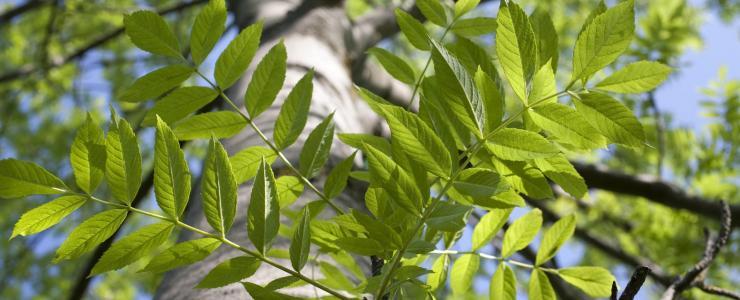
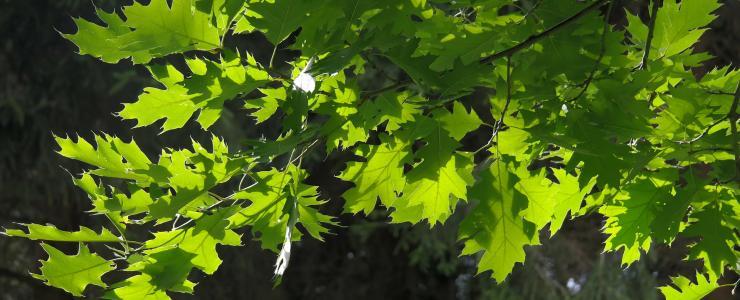
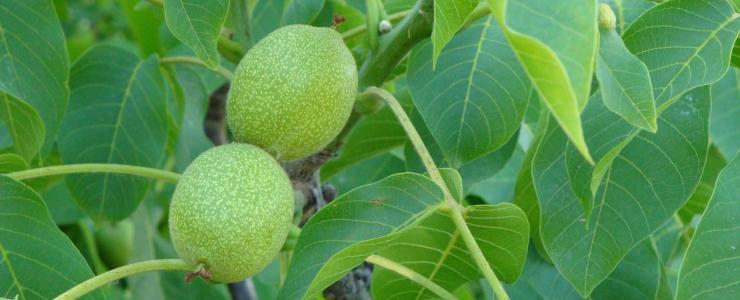
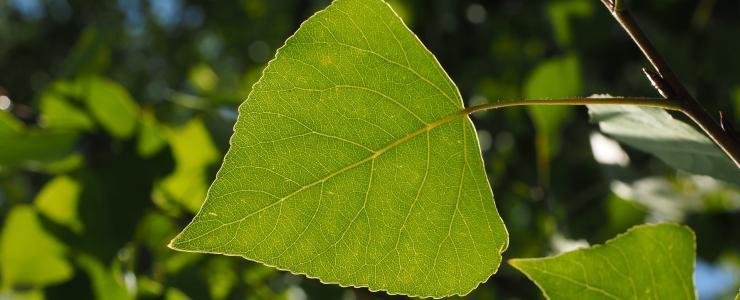
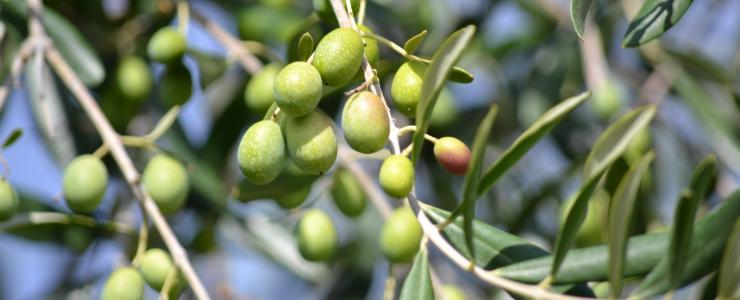
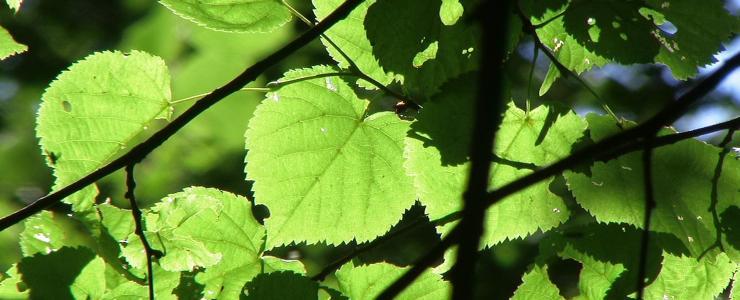
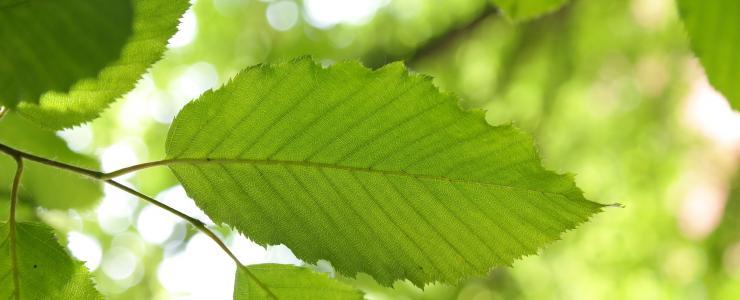
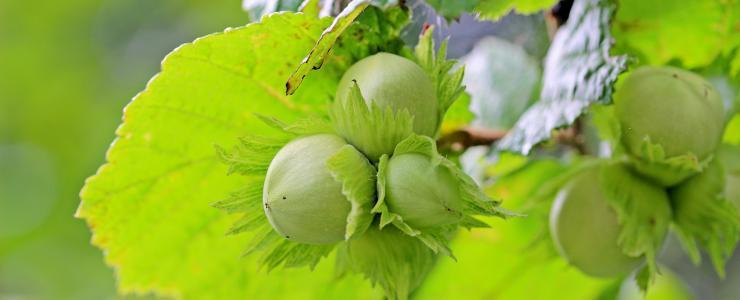
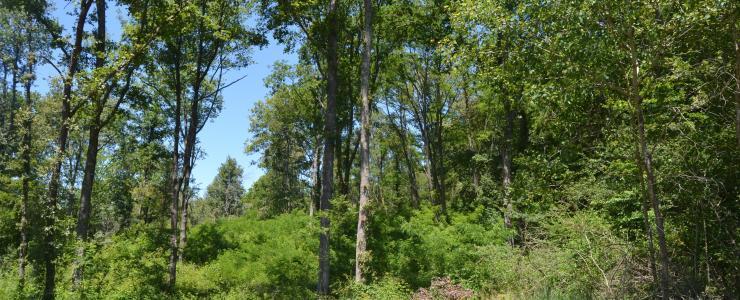
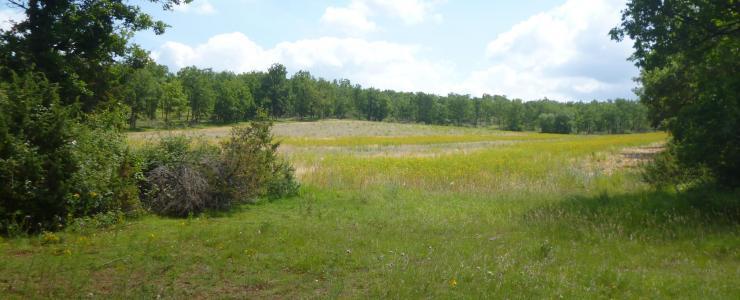
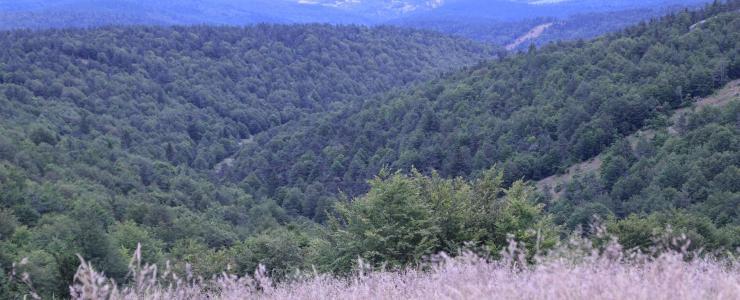
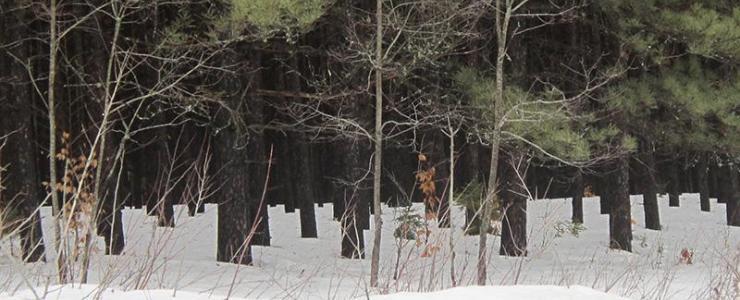
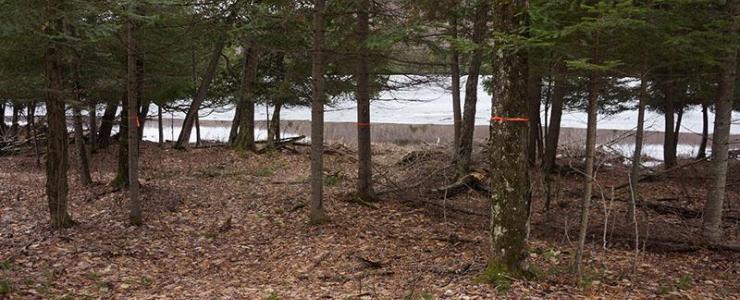
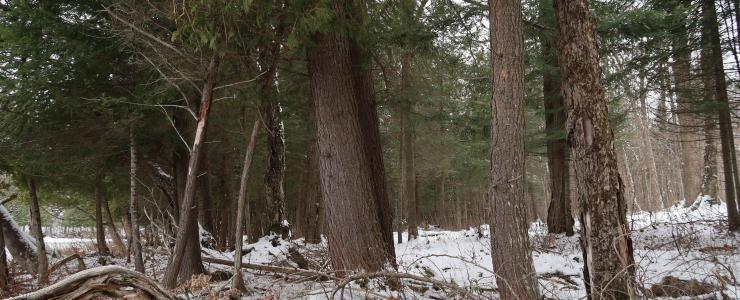
Economic view
Maple is one of the most noble and most emblematic deciduous species.
It is best-known for what people call ‘white gold’: maple syrup. The maple is relatively productive, especially for its sap, and the production of maple syrup and its derivatives plays a significant role in forestry.
France may not be Canada’s biggest competitor in this realm but maple grows well here and the acquisition of a maple forest can be a good investment.
Maple also provides high quality wood, with a fine texture and attractive veining. The wood, which grows perfectly straight, is therefore quite sought-after and often used in instrument making.
In addition, compared to other species, the burrs and faults that can be seen on the surface of maple wood (speckles and other marks) give it its unique character, highly appreciated in luxury moldings, for example.
Its wood is also used for stairs, furniture and makes very good firewood.
It is found along a diagonal line ruining from northeast to southwest France, with the sycamore maple more frequently found than the Norway maple.
In other words, the maple is sold in several market segments which, when which put together, make for a significant economy. It is thus set to remain a permanent fixture on the market so the acquisition of a maple forest is a great opportunity.